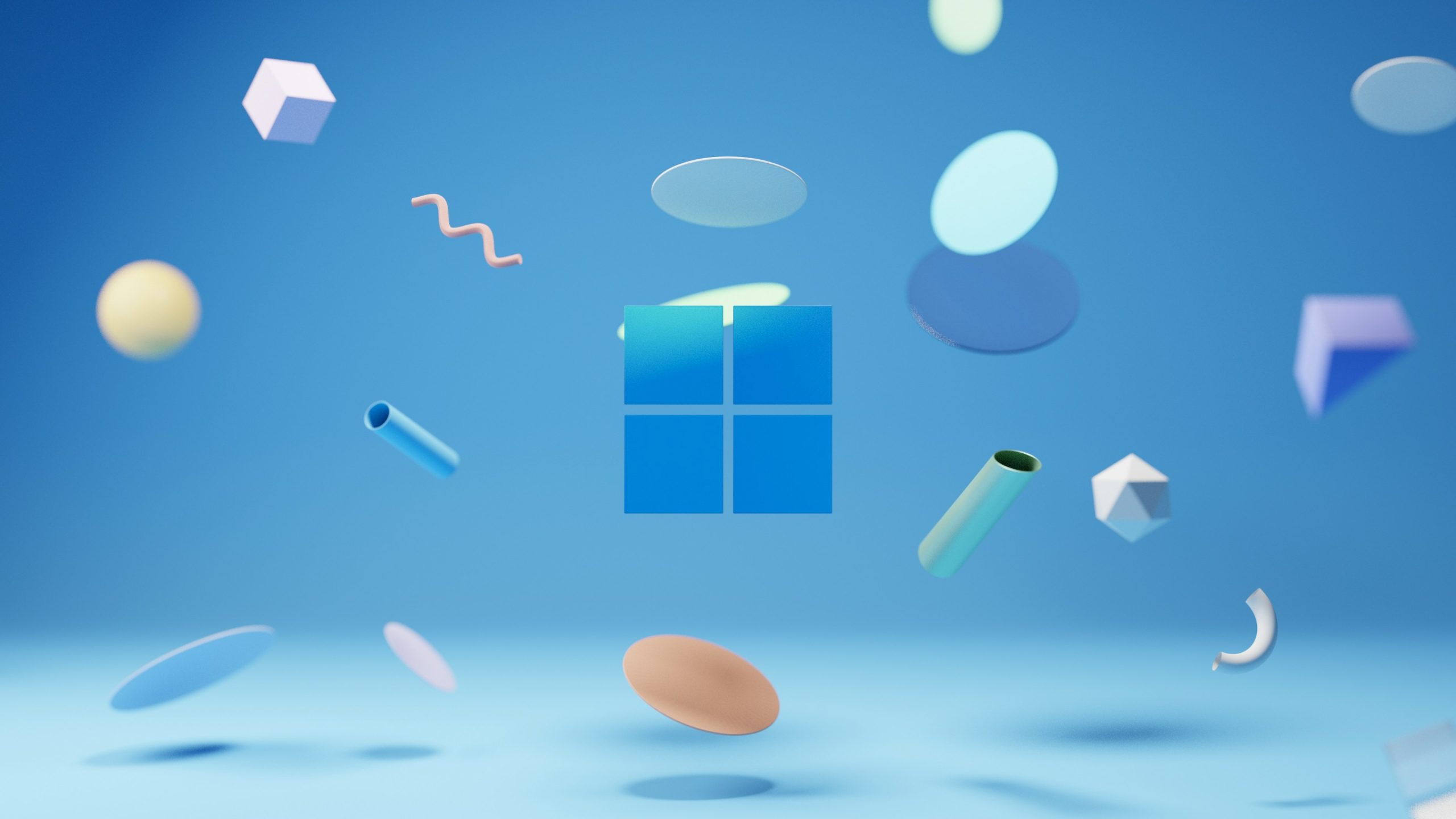Microsoft’s AI expansion tests whether visibility or value will define its Copilot success.
Microsoft is taking Copilot—the AI assistant built into Microsoft 365—to a much wider audience. What began as a productivity tool for enterprise users is now being bundled into Microsoft 365 Premium consumer subscriptions. This shift signals a two-front AI strategy that targets both household familiarity and workplace monetization.
The core question: is Microsoft expanding Copilot to strengthen a long-term AI ecosystem, or to compensate for slower enterprise traction? As adoption and ROI expectations diverge, Microsoft’s success will depend on turning visibility into measurable business value.
From Enterprise Hero to Household Name: The Shift in Copilot Focus
When Microsoft first positioned Copilot as an enterprise productivity assistant, it promised to summarize emails, draft documents, and automate repetitive tasks inside Word, Excel, and Outlook. For many organizations, that represented the first practical example of generative AI integrated into everyday office work.
Now Microsoft has added Copilot to Microsoft 365 Premium, its consumer-tier offering, rather than limiting it to enterprise E3/E5 licenses. That means households and individual professionals can access the same assistant that enterprises evaluate, increasing the number of users who develop hands-on familiarity with AI workflows.
On the upside, consumer exposure can create a grassroots audience that advocates for Copilot at work. Familiarity reduces fear of change and shortens the learning curve when organizations consider enterprise rollouts.
On the downside, embedding Copilot widely risks blurring the distinction between premium enterprise value and everyday convenience. If the consumer experience is perceived as gimmicky or unreliable, it could dilute Copilot’s perceived value among IT buyers.
Enterprise Adoption Reality: ROI Friction and Integration Challenges
Despite strong interest, many organizations remain in pilot phases rather than full deployments. Analyst reports indicate that clear, organization-wide ROI for AI productivity tools is still hard to demonstrate.
Three core friction points are especially common:
- ROI measurement gaps — Many companies lack baseline productivity metrics, so it’s difficult to quantify improvements attributable to Copilot.
- Integration complexity — Aligning Copilot with existing IT systems, data governance, and security controls introduces cost and slows rollouts.
- Cultural readiness — Employees need training and habit changes; adoption often depends more on behavior than on the tool itself.
“AI tools don’t automatically make people more productive—they make productive people more efficient.” — CIO quoted in Harvard Business Review
That observation captures the practical challenge: without a structured implementation plan and baseline measurements, organizations risk buying promise instead of realizing measurable returns.
Consumer Playbook: Familiarity as a Long-Term ROI Catalyst
Microsoft’s consumer strategy is a long game. By bringing Copilot into home use—helping with personal budgets, school projects, or quick drafts—the company builds a larger population that understands AI workflows and expectations.
Those users can become internal champions who reduce friction during enterprise rollouts. In theory, mass familiarity accelerates diffusion and shortens training time when organizations decide to scale Copilot across teams.
But there’s an alternate risk: AI fatigue. If early consumer experiences are slow, imprecise, or intrusive, negative impressions may transfer to workplace deployments. Success depends on delivering genuinely useful experiences at consumer scale—not just novelty.
Behavioral research on technology diffusion supports this nuance: broad familiarity helps adoption only when the user experience demonstrates clear utility.
Measuring True AI Productivity ROI: Frameworks for Leaders
Leaders need practical frameworks to evaluate Copilot’s impact. AI ROI is multidimensional: it includes direct time savings, quality improvements, risk reduction, and indirect effects like employee satisfaction and decision speed.
1. Forrester’s TEI (Total Economic Impact) Model
Forrester’s TEI looks at technology investment across four lenses:
- Cost savings — hours recovered by automating manual tasks.
- Business enablement — new capabilities or faster deliverables enabled by AI.
- Risk mitigation — fewer human errors, improved compliance.
- Flexibility value — the long-term adaptability of the platform.
Practical metrics to track for Copilot include time saved per document, reduction in repetitive workflows, and improvements in turnaround times for proposals or reports.
2. Productivity-to-Outcome Ratio
Measure not just time saved, but whether saved time translates into better outcomes. For example, does faster report generation also lead to higher-quality decisions or faster deal closures?
3. AI Confidence Index
Track employee trust and perceived usefulness with a simple index. High trust tends to correlate with steady adoption and greater value realization.
Combining these measures gives a richer picture than a single ROI line item. It also helps leaders diagnose whether a lack of ROI stems from technical limits, process gaps, or adoption barriers.
Counterpoint: The Limits of AI ROI and the Human Factor
Even robust measurement frameworks have limits. Many productivity gains are subtle and entangled with human factors such as creativity, motivation, and collaboration quality.
AI amplifies human performance but doesn’t replace context-aware judgment. That’s why organizations must treat Copilot as an assistive tool, not an automated supervisor.
There are also ethical and cultural considerations. If employees perceive AI as a surveillance tool or a threat to jobs, adoption will suffer. Research from industry consultancies highlights that organizations investing in upskilling, clear communication, and change management consistently report higher ROI from AI projects.
Conclusion: Microsoft’s AI Moment Depends on Measurable Value
Microsoft’s decision to expand Copilot into the consumer realm is strategic: it builds familiarity and widens the talent pool that understands AI workflows. But familiarity alone won’t secure enterprise success.
Enterprise credibility depends on measurable outcomes. Organizations and Microsoft alike must demonstrate that Copilot delivers real productivity gains—hours saved, higher-quality outputs, and reduced risk—backed by data and clear benchmarks.
For leaders evaluating Copilot, the practical next steps are clear: define baseline metrics, run controlled pilots with before-and-after measurement, invest in training, and track both quantitative and qualitative outcomes.
AI success is not about novelty; it’s about measurable improvement. If Copilot can deliver that, Microsoft’s two-front strategy will be vindicated. If not, broad visibility may only mask unresolved enterprise challenges.
Next in this series: Part 2 — The AI ROI Toolkit: How to Quantify Value in Your Own Organization.
References
- Microsoft Blog — Bringing Copilot to Microsoft 365 Premium Subscribers
- Imaginovation: How to Measure ROI on Digital Transformation
- KPMG: Enterprise AI Adoption Reports
- HR future: AI and Human Productivity
- PwC — Building AI Trust in the Workforce




